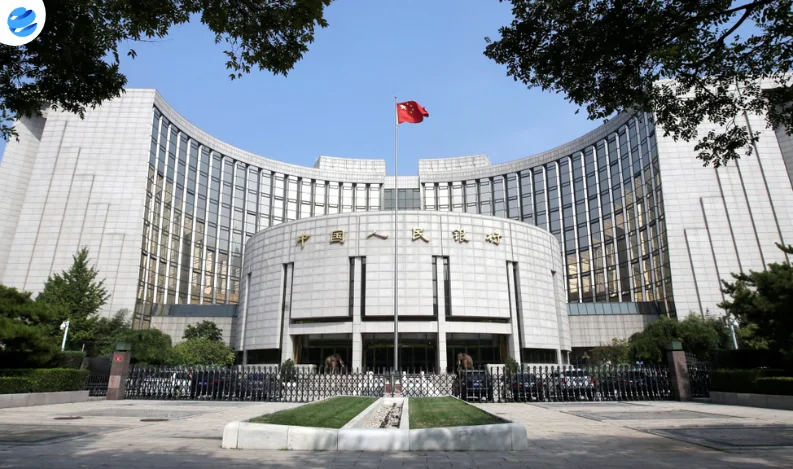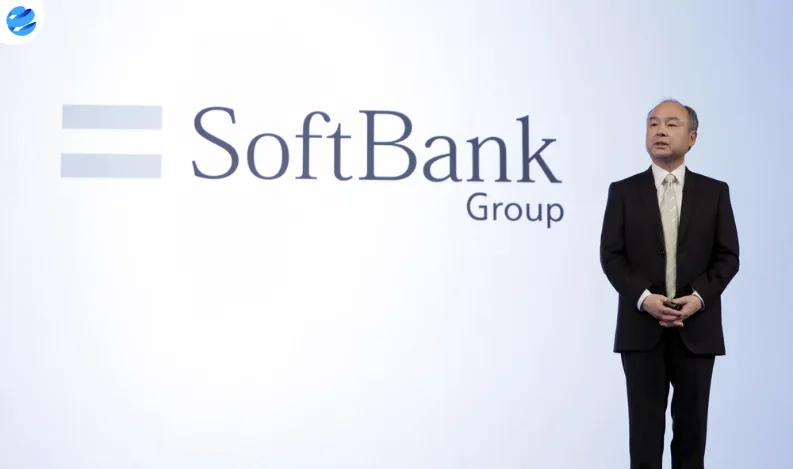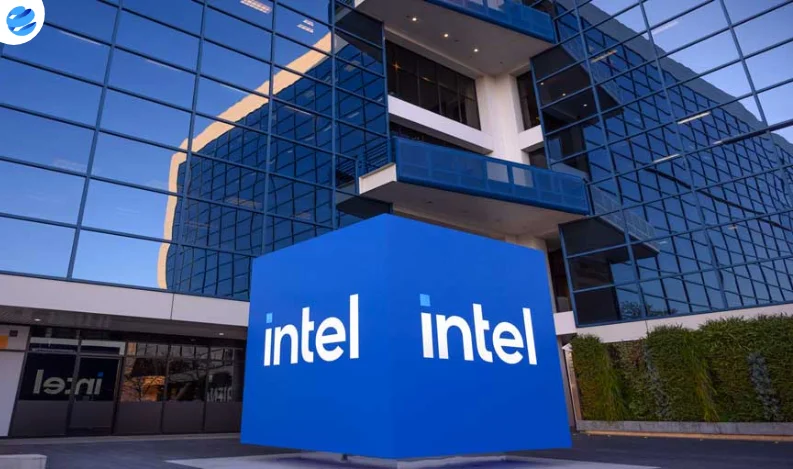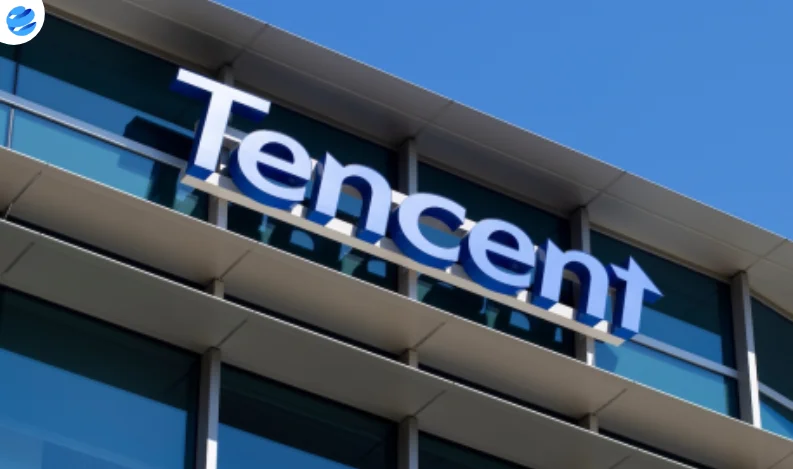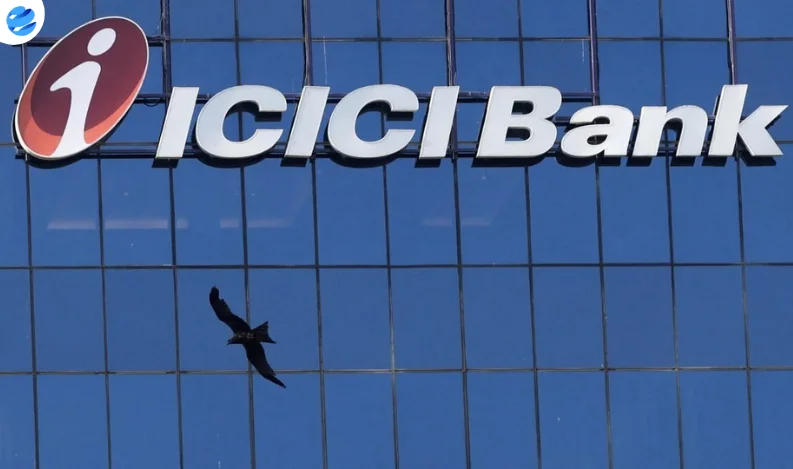China has cut its key lending rates for the first time in seven months, signaling renewed efforts to stimulate economic growth. The People’s Bank of China (PBOC) reduced the one-year loan prime rate from 3.1% to 3.0%, and the five-year rate from 3.6% to 3.5%.
The move comes as China faces continued deflationary pressure and a slow recovery in domestic demand. The rate cut, announced Tuesday, follows earlier reductions in deposit rates by major state-owned commercial banks, some by as much as 25 basis points.
The one-year LPR is a reference for most business and personal loans, while the five-year rate typically serves as the benchmark for mortgage lending. These lending rates are set monthly based on quotes from a group of banks and reflect broader monetary policy direction.
This is the first cut since October 2024, when the PBOC last eased lending costs by 25 basis points. The latest cut forms part of a broader set of stimulus measures launched by Beijing this month, which include adjustments to reserve requirements and mortgage interest rates through the government’s housing provident fund.
Economists expect further easing later this year. Zichun Huang, chief economist at Capital Economics, predicts additional rate cuts totaling up to 40 basis points by year-end. He also noted that while the cut may offer some support, it is unlikely to significantly boost lending demand on its own.
The Chinese yuan has recently shown signs of recovery, strengthening over 2.8% against the U.S. dollar after reaching a record low last month. This rebound, supported by a weakening dollar and easing trade tensions, provides the central bank with more flexibility for monetary easing.
Earlier this month, U.S. and Chinese trade negotiators agreed to roll back most tariffs for 90 days, reducing pressure on exports and offering room for further talks. The temporary agreement led global investment banks to raise their growth forecasts for China in 2025.
Nomura increased its second-quarter GDP forecast from 3.7% to 4.8%, and lifted its full-year outlook to 3.7%. However, the firm warned that risks remain, particularly due to the ongoing property sector downturn and the possibility of renewed U.S. tariffs.
Despite the stimulus, China continues to face deflation risks. Consumer prices have declined for three consecutive months, and wholesale prices recorded their sharpest drop in six months during April. While the economy remains under pressure, economists believe further support will come gradually and in a targeted manner.
Morgan Stanley noted that future measures may be “lighter and delayed” due to a lower tariff environment. However, the U.S. trade-weighted tariff rate on Chinese goods remains elevated at around 40%, well above pre-2024 levels. The firm warned that ongoing deflation and trade headwinds could limit the effectiveness of short-term policy support.
China has set a full-year growth target of around 5%, but achieving it may require continued policy adjustments in both monetary and fiscal areas.



